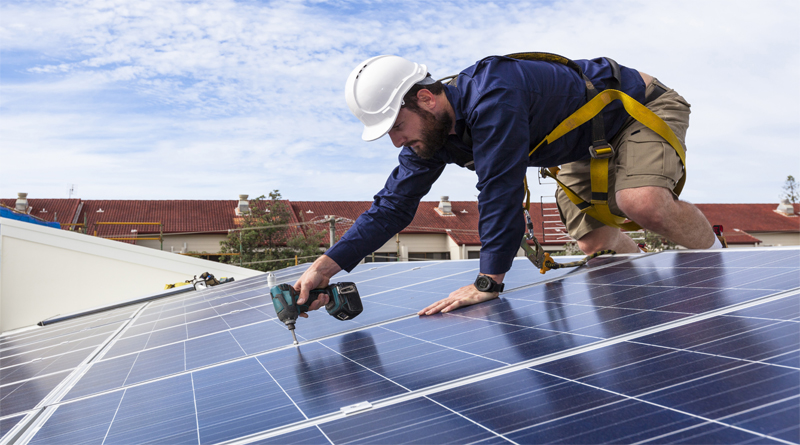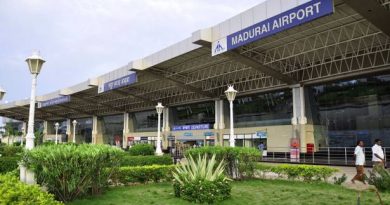Chattisgarh betting on rooftop segment for Solar scale

By Ritwik Sinha
If asked, the residents of Chattisgarh usually say this about the climatic condition in the state- it is either hot or too hot. Yes, the average temperature at around 40 degree celsius or above is a general trend which is witnessed for the most part of the year in the state which was carved out of Madhya Pradesh in late 2000. Given this intrinsic ‘strength’ of a sunny location, the state could obviously have made rapid strides in the solar business. But that hasn’t really happened. In fact, if one looks at the installed capacity number, the state could well be dubbed as a laggard. At the end of March this year, the total installed capacity in the state stood at 13,380 MW, out of which thermal was contributing a hefty 12723 MW and the total renewable resources installed capacity were reported at 489 MW. Out of its renewable power basket which also comprises 120 MW contribution from hydro power, the share of solar power is estimated to be slightly over 135 MW. Even as neighbouring Madhya Pradesh has moved ahead with over 1200 MW installed by Sept 2017. And more to come, thanks to large projects like the one at Rewa.
So is it a case of a missed opportunity for the state which is known for its captive mining strength and heavy industries stronghold? “ It’s not the case of missed opportunity. Chattisgarh, as you know, has the distinction of being one of the few states in the country which is power surplus. We still have new thermal power plants coming up in the state when it is getting considerably slow in other states of the country,” a top official of Chattisgarh government told this correspondent. The obvious reference here is the opening of the first unit of NTPC’s plant in Lara late last month. The 2×800 MW thermal plant has further strengthened Chattisgarh’s total power installed capacity.
With the power surplus cushion, harnessing solar power through conventional means like gigantic solar parks (Chattisgarh is developing only one solar park of 500 MW at Ranjangoan unlike many other states which have initiated multiple of these units ) has clearly been a low priority. But according to the official, now the focus is on to promote rooftop segment which will be the major tool to derive benefits from the solar print on the state. “ We have a dedicated rooftop solar power policy in place which would entail an aggressive push to this segment. We want it to be adopted in common utilities like government and private buildings including offices and even agriculture and that is what we have been subtly doing for quite sometime,” he underlined. In 2016, the government had set up the target of installing 51,000 solar powered irrigation pumps by 2019 to help its farmers (more than any other state) and according to the official, the programme is on track.
Furthermore, the selection of the state capital Raipur and emerging business hub in the Ministry of New and Renewal Energy Programme (MNRE) “ Solar City Programme” (60 cities have been identified across the country) is also expected to give a boost to the solar drive in the state. The scheme aims at a sharp reduction of 10 percent in the use of conventional power in the identified cities in a five year period either through its substitution by renewable energy supply or enhancing overall energy efficiency in the city. “ This project would be quite a blessing especially in terms of directly linking the consumer class with the benefits of solar power. Our rooftop policy would encourage facilities like hospitals, educational institutes, government and private offices, etc. to adopt this resource which has become considerably price competitive,” he pointed out.
Rooftop solar, which in a way is also ‘decentralised’ solar, seems like a good bet in the state with a relatively weaker grid distribution and the high cost of building quality infrastructure, especially due to the Naxal problem. Here’s hoping the young state luck!
![]()




